An archaeological expedition has uncovered dozens of ancient Egyptian burials in the city of Damietta, revealing valuable artifacts, including bronze coins and gold figurines.
The discovered burials date back to different periods. Some belong to the 26th Dynasty (688–525 BC), while others are from the Ptolemaic era (304-30 BC). Among the finds are ceramics and ushabti figurines, which, according to the beliefs of the ancient Egyptians, were intended to serve the deceased in the afterlife.
Researchers were particularly interested in 38 bronze coins found in a ceramic vessel. Thomas Faucher, director of the Alexandria Center for Studies in Egypt, upon analyzing the images of the coins, suggested that many depict Zeus-Ammon — a deity combining traits of the Greek god Zeus and the Egyptian god Amun. One of the coins likely features an eagle with a cornucopia.
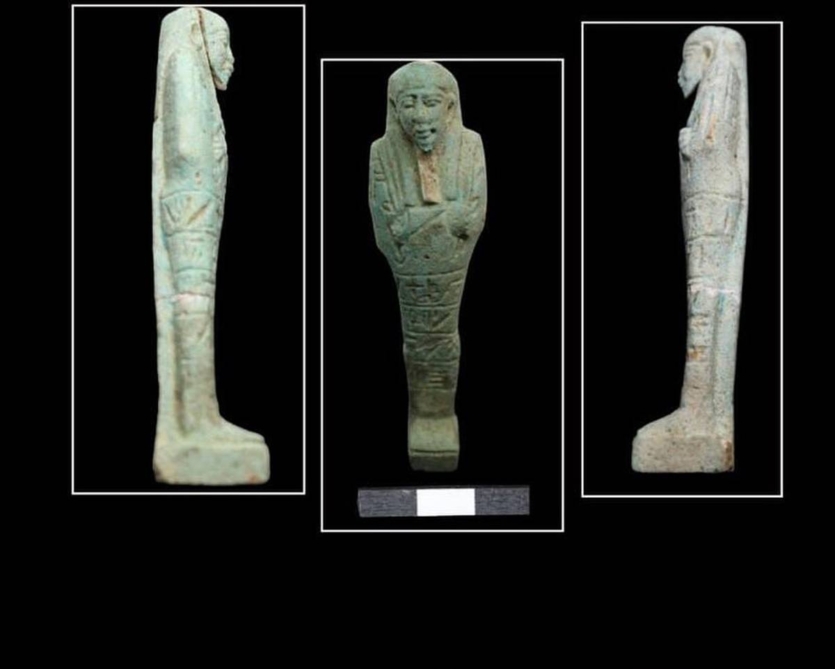
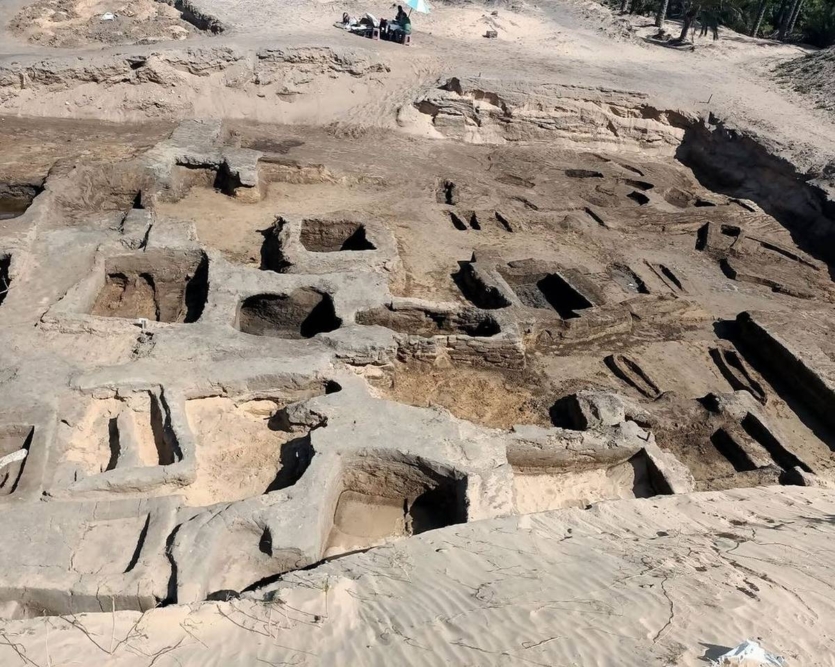
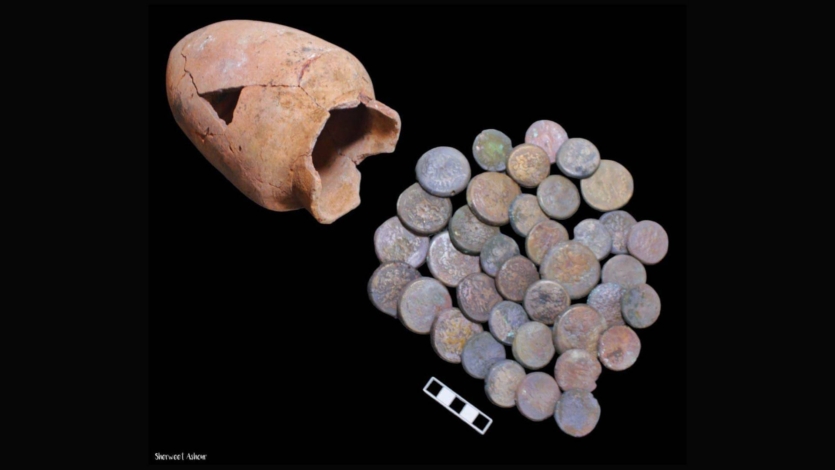
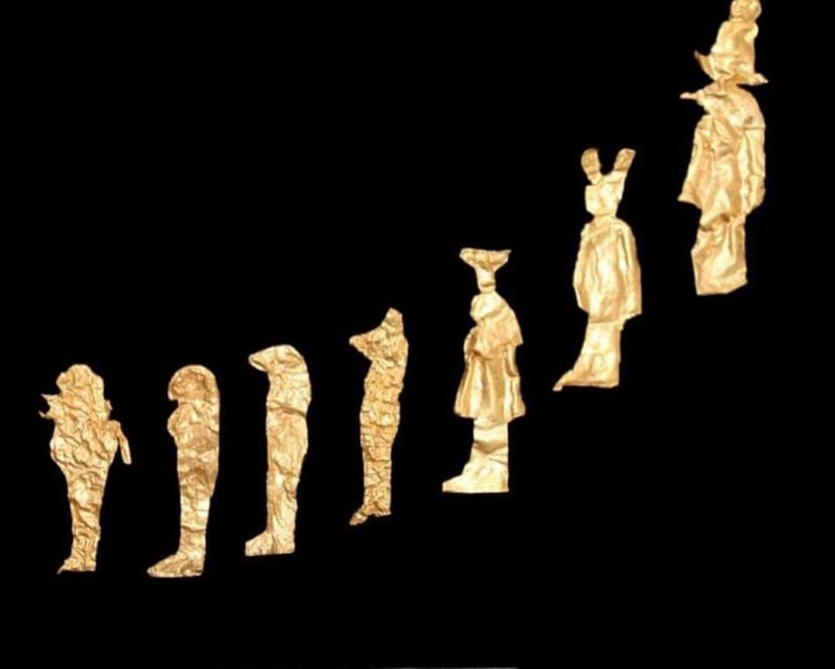
Faucher dates the coins to the late 3rd century BC — a time of political turmoil in Ptolemaic Egypt.
“A large number of treasures were hidden during the uprising in Southern Egypt in 206 BC,” the scholar notes.
He emphasizes the significance of this discovery, given the limited amount of known materials from this period in the region.
In addition to the coins, archaeologists found gold figurines buried alongside the deceased. Some depict "ba-birds" — mythological beings with wings and human heads. In ancient Egyptian beliefs, the "ba" represented a part of the human soul. Other figurines reproduce the "Eye of Horus" — a symbol associated with the falcon god, attributed with protective qualities.
Source: Livescience, egymonuments.gov.eg






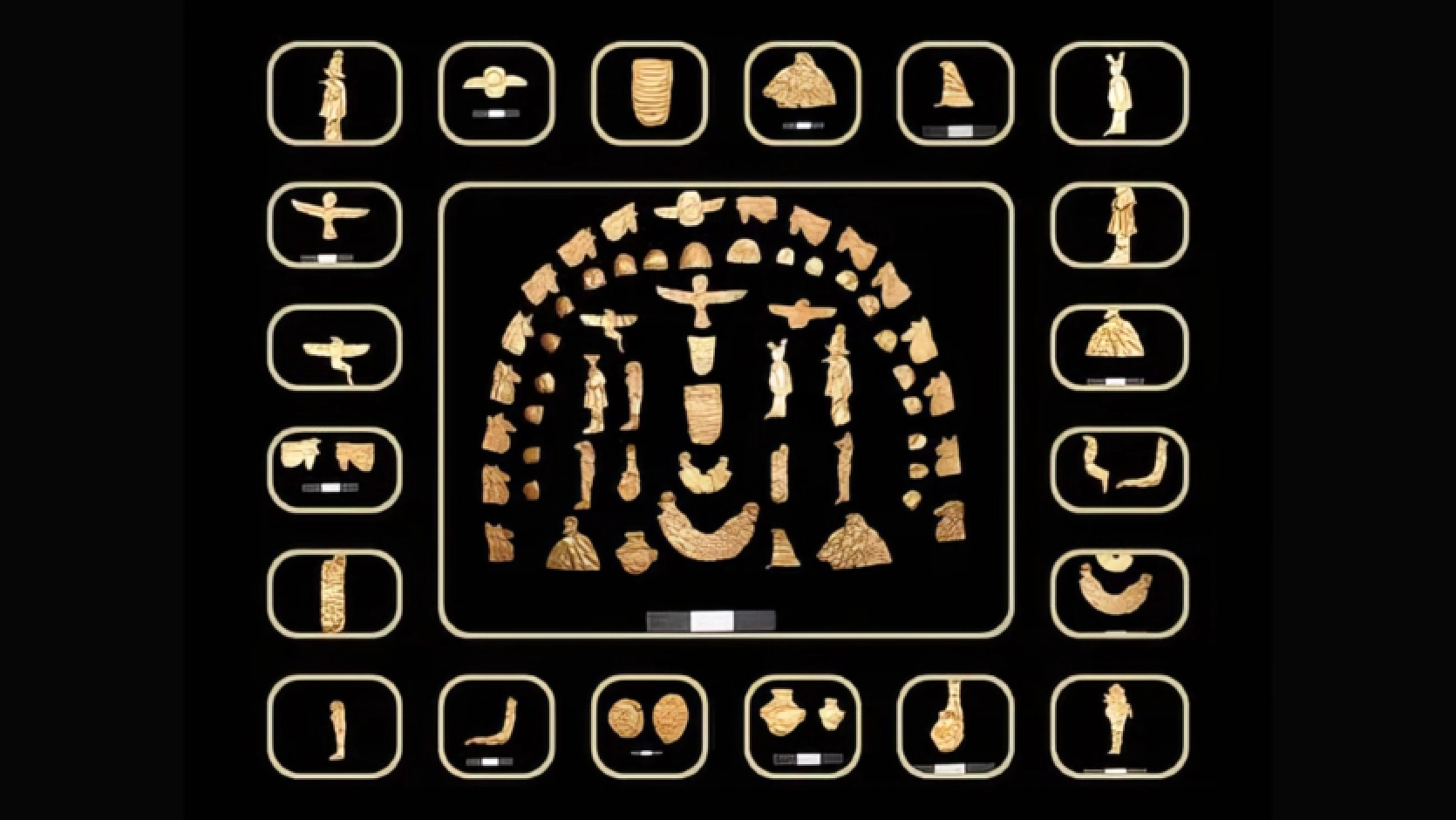



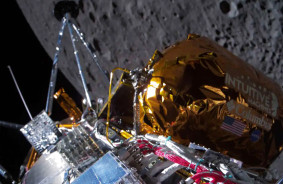

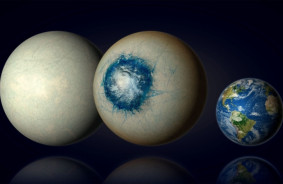
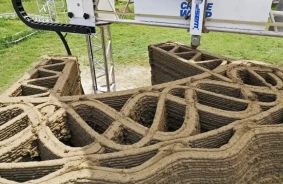
Comments (0)
There are no comments for now